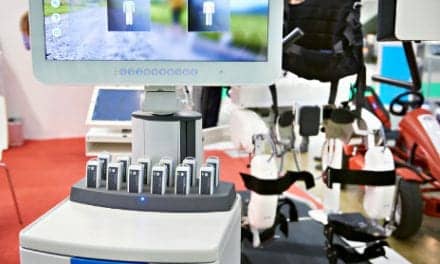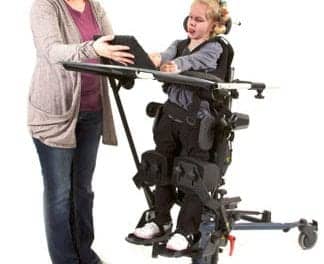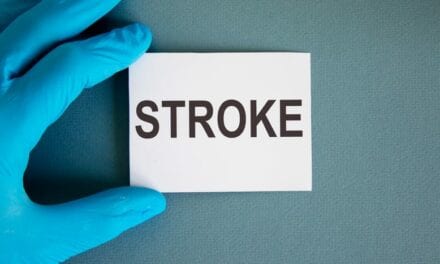The use of a brain-machine interface shows potential for helping to restore function in stroke patients with hand paralysis, according to a study of healthy adults published in the Journal of Neuroscience.
According to the study, researchers note that the brain-machine interface, which is designed to combine brain stimulation with a robotic device that controls hand movement, increases the output of pathways connecting the brain and spinal cord.
Researchers Alireza Gharabaghi and colleagues asked participants to imagine opening their hand without actually making any movement while their hand was placed in a device that passively opened and closed their fingers as it received the necessary input from their brain activity. Stimulating the hand area of the motor cortex at the same time, but not after, the robotic device initiated hand movement increased the strength of the neural signal, most likely by harnessing the processing power of additional neurons in the corticospinal tract, explains a media release from the Society for Neuroscience.
However, the signal decreased when participants were not required to imagine moving their hand. Delivering brain stimulation and robotic motor feedback simultaneously during rehabilitation may therefore be beneficial for patients who have lost voluntary muscle control, the release continues.
[Source(s): Society for Neuroscience]





